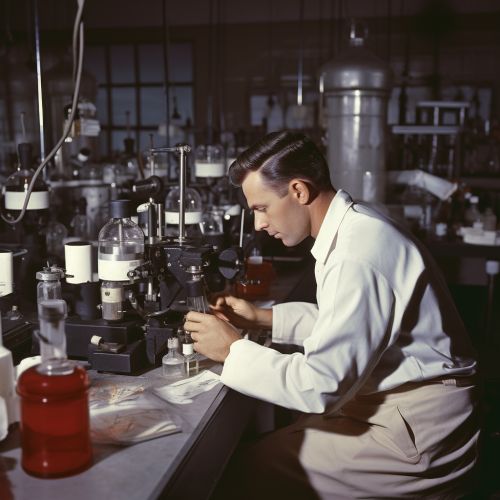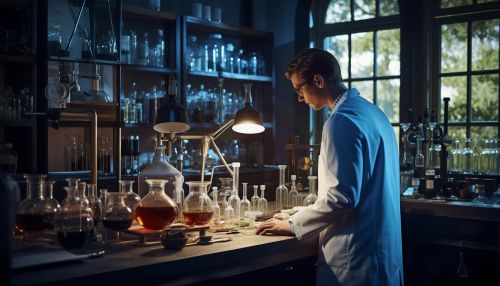Laboratory Analysis
Introduction
Laboratory analysis refers to the set of techniques used to gain a better understanding of materials and substances in a controlled environment. This is achieved by conducting a series of tests and procedures that help to uncover the properties, composition, and structure of the material or substance in question. Laboratory analysis is a critical component in a wide range of fields, including chemistry, biology, physics, and medicine, among others.


Types of Laboratory Analysis
There are several types of laboratory analysis, each with its own specific purpose and methodology. These include:
- Chemical analysis: This involves determining the chemical composition and structure of a sample. Techniques used in chemical analysis include spectroscopy, chromatography, and electrophoresis.
- Biological analysis: This involves studying biological substances, such as DNA, proteins, and cells. Techniques used in biological analysis include microscopy, genetic analysis, and biochemical analysis.
- Physical analysis: This involves studying the physical properties of a sample, such as its density, melting point, and electrical conductivity. Techniques used in physical analysis include thermogravimetric analysis, differential scanning calorimetry, and dynamic light scattering.
- Microbiological analysis: This involves studying microorganisms, such as bacteria and viruses. Techniques used in microbiological analysis include microbial culture, antibiotic sensitivity, and microbial identification.
Methods and Techniques
Various methods and techniques are employed in laboratory analysis, depending on the type of analysis being conducted and the nature of the sample being analyzed. Some of the most commonly used methods and techniques include:
- Spectroscopy: This is a technique used to study the interaction between matter and electromagnetic radiation. It is commonly used in chemical analysis to identify the composition of a sample.
- Chromatography: This is a technique used to separate the components of a mixture. It is commonly used in chemical and biological analysis.
- Microscopy: This is a technique used to visualize objects that are too small to be seen by the naked eye. It is commonly used in biological and microbiological analysis.
- Genetic analysis: This is a technique used to study the genetic material of an organism. It is commonly used in biological analysis.
Applications
Laboratory analysis has a wide range of applications in various fields. Some of the key applications include:
- Clinical diagnostics: Laboratory analysis is used in the diagnosis of diseases and conditions. This includes testing for the presence of disease-causing organisms, genetic disorders, and chemical imbalances.
- Pharmaceutical industry: Laboratory analysis is used in the development and testing of drugs. This includes determining the chemical composition of drugs, testing their efficacy, and checking for impurities.
- Environmental science: Laboratory analysis is used in the study of environmental samples. This includes testing for the presence of pollutants, studying the effects of environmental factors on organisms, and determining the composition of soil and water samples.
- Forensic science: Laboratory analysis is used in the investigation of crimes. This includes testing for the presence of drugs or toxins, analyzing DNA samples, and determining the cause of death.
